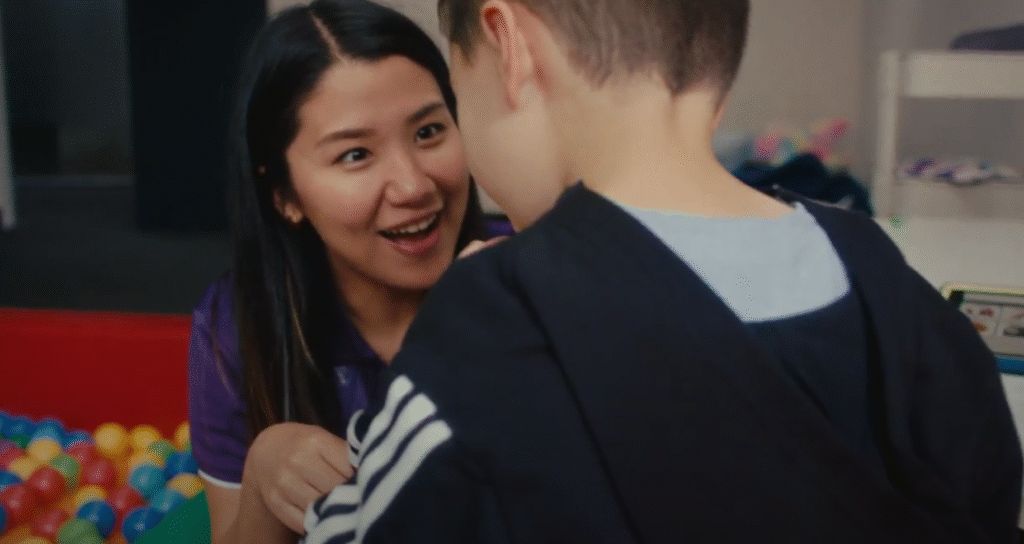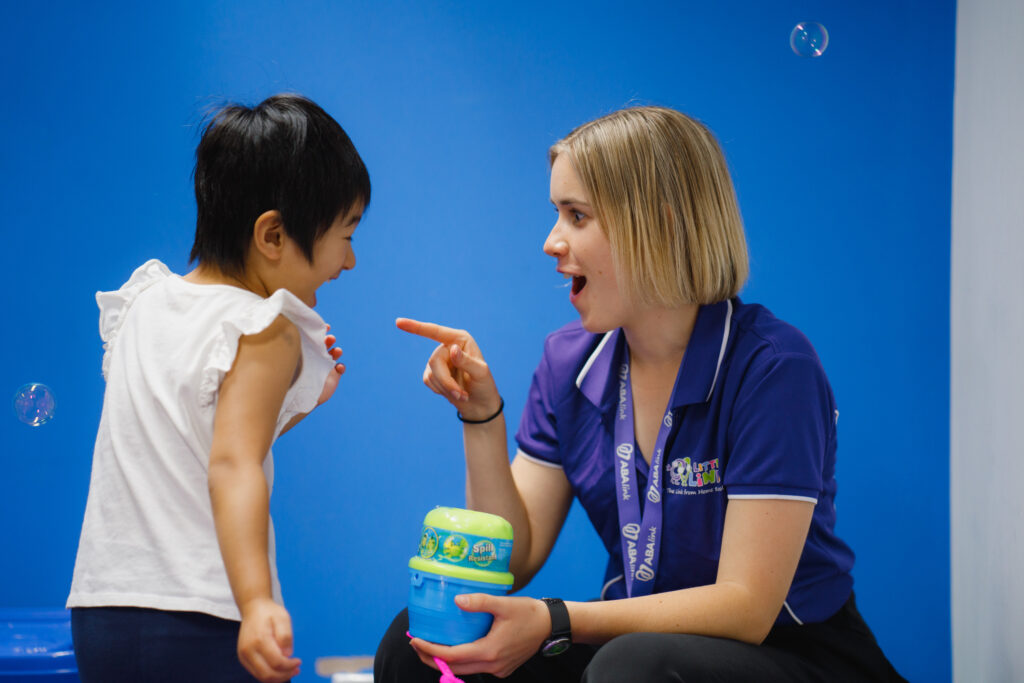
PBS is not just about managing behaviour, it is a compassionate approach that focuses on creating the right environment, building skills, and helping your child feel safe, understood and supported.
NDIS-Funded Support
Positive Behaviour Support is funded under
Improved Relationships
0110-Behavioural Intervention Supports
At Links to Life, we use Positive Behaviour Support (PBS) to help children and teens with autism, developmental delays, or complex behaviours thrive at home, in school, and in the community.
PBS is a compassionate, evidence-based approach that looks beyond the behaviour to understand why it’s happening. Every behaviour is a form of communication — and our goal is to uncover what your child is trying to express and support them to develop safer, more effective ways to have their needs met.
Behaviour Analysis
Behaviour Analysis is the science of behaviour. Applied Behaviour Analysis (ABA) effectively applies the well-researched principles of Behaviour Analysis to a wide variety of areas. ABA is an evidence-based practice that can be used for all types of people, in all settings, and for many different purposes. Research has shown ABA to be the most effective treatment for individuals diagnosed with Autism. Socially significant behaviours and meaningful changes are the focus of ABA. ABA has been found to be effective in many areas including education with Positive Behaviour Support, developmental disabilities, clinical psychology, behavioural medicine, organizational behaviour management, and much more (Slocum, 2014).
Applied

NDIS-Funded Support
Specifically, these supports fall under the funding category of Capacity Building Improved Daily Living
Building Improved Daily Living
0118–Early Childhood Supports
Improved Relationships
0110–Behavioural Intervention Supports
Behaviour
Skill building in a safe and joyful environment is paramount at Links to Life. Continued client and family input will guide goal formation in the realms of teaching preferred methods of communication, self-advocacy, social-emotional learning, enhancement of self-interests, and building other skills meaningful to the client.
Skill value is ongoing, and assessed by a client’s self-report ( if able ) , initiated interests, nonverbal cues, verbal cues, and observations noted by therapists and caretakers across all main environments.
Analysis
In our analysis of Behaviour, Links to Life seeks to assess function and beyond, in order to reach the foundational “whys” to a behavior.
Deep knowledge in all realms of the client’s life is pivotal in bringing about lasting behavior change. Data and assessment of meaningful skills will be ongoing.
In addition to the qualitative components listed above, quantitative data will also be collected on skill progress. Patterns or abrupt changes in trend will be noted, as well as potential antecedents to these changes. Antecedents may include task avoidance, decreased engagement, sensory challenges, and environmental changes. Continued assessment and analyisis of data enables the science of ABA to play a critical role in enhancing the life of each individual we serve.

Positive Reinforcement
ABA uses positive reinforcement systems to increase desired behaviours. Behaviour Analysts use positive reinforcement procedures in all that they do. Therapy at Links to Life is highly reinforcing. It is fun! You will hear us singing, running, laughing and generally being goofy to create a positive engaging environment for our kids.
Data-Driven and Evidence-based
ABA principles are derived from evidence-based peer reviewed journals. When implementing ABA principles, data is constantly being collected to determine the efficacy of the intervention and to evaluate progress. Decisions are made based on data. Data and assessment of meaningful skills will be ongoing. Qualitative and quantitative data will also be collected on skill progress. Patterns or abrupt changes in trend will be noted, as well as potential antecedents to these changes.
Breaking Down Larger Skills into Smaller Skills
ABA takes a larger skill and breaks it down into component steps. It then teaches each component step using principles like reinforcement and shaping.
Teaches Communication
ABA addresses the many components of communication and works to increase all parts – requesting, understanding, labelling, answering questions.
Each individual should have a system of getting their needs met.
Teaches Independence and Social Skills
ABA targets goals that are socially significant and that will increase an individual’s quality of life. ABA principles can help address toilet training, social skills and other self-help skills.
Teaches Self-Regulation of Distressed Behaviour
ABA works to assist individuals with self-regulation of behaviours that are affecting their ability to be independent, safe or participate fully in the community. ABA designs Behavioural Support Plans using Functional Behaviour Assessements that address the “why” of a behaviour. The goals and strategies typically give the individual a replacement behaviour that minimise harmful effects, while still allowing the individual to get their needs met and maintain autonomy.

Copyright@2025LinkstoLife I All Rights Reserved